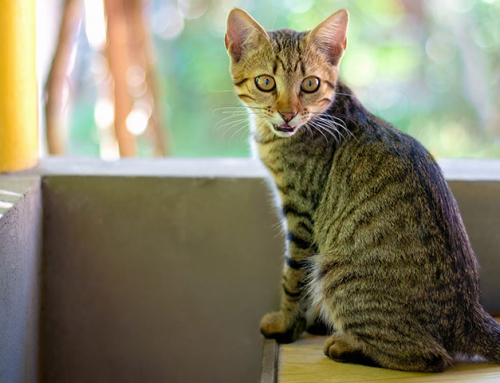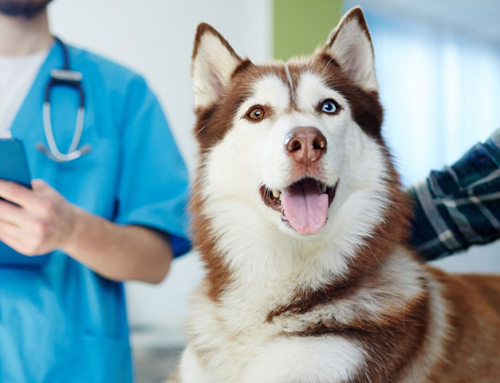Whisper the word pancreatitis and you may send shivers down the spine of many veterinarians. Sure, we diagnose and treat it with fair regularity, but any vet who has been in practice for a few years likely has a memory of a pancreatitis patient that is the source of recurrent nightmares.
You may remember that the pancreas has 2 big functions. As the owner of a diabetic pet you surely know that the pancreas is the organ that makes insulin, the hormone needed for the body to utilize sugar. Additionally, the pancreas has another very important function of digestion: It produces enzymes that help us digest the food we eat.
Pancreatitis is a very different disease in dogs than it is in cats. Though the process is the same (inflammation of the pancreas, leakage of digestive enzymes into the abdomen which causes pain and nausea), the presentation and inciting causes can be quite different. Dogs often present after a dietary indiscretion or after eating a fatty meal. We often don’t identify the cause of pancreatitis for cats. Dogs often present with profuse vomiting and marked abdominal pain. Cats typically present with vague signs, oftentimes simply not eating and feeling lethargic. Dogs most commonly present in acute pancreatitis and some of these patients then smolder into a chronic pancreatitis. Cats (due to the vague clinical signs of pancreatitis in felines) often present with chronic pancreatitis, sometimes with concurrent diseases such as hepatitis and inflammatory bowel disease.
Thankfully, the diagnostic tests have improved dramatically in the last few years. Lipase and amylase are enzymes that come from the pancreas, but they also have other sources in the body. Though still not perfect diagnostics, there are new blood tests available that identify the lipase that comes specifically from the pancreas. These newer tests help not only in the diagnosis of pancreatitis but are also useful in monitoring the response to treatment. There are quantitative tests for lipase that vets can send to an outside reference laboratory, and qualitative bed-side tests that your vet can use in the vet clinic. Of course, we still utilize other diagnostic tests such as X-rays and ultrasound, complete blood counts, and chemistry profiles, but these new tests are leaps and bounds better than prior lab tests for pancreatitis.
What to expect if your pet is diagnosed with pancreatitis:
Treatment for pancreatitis is supportive care. Most pets with pancreatitis present with profound dehydration. Many also have electrolyte abnormalities. We may be battling nausea or inappetance. We must address the pain. (You can imagine the discomfort of digestive enzymes leaking into abdominal tissues.) We may hold the pet off of food and water for 1 to 2 days to let the pancreas rest, but nutrition is a critical element of treatment and survival. Feeding tubes are often needed for cats presenting with pancreatitis.
As the pancreas is the source of insulin, pets with diabetes can become transient diabetics and some may become diabetics long-term. The pancreas is an amazing and yet sometimes vexing organ.
NOTE: Consult your veterinarian to confirm that my recommendations are applicable for the health needs of your pet.







Leave A Comment